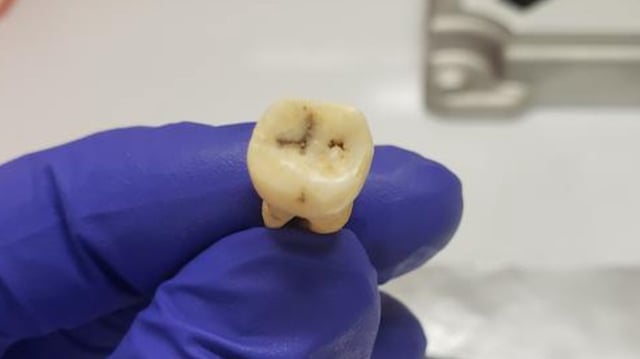Overview
- Researchers sequenced Yersinia pestis from eight human teeth recovered beneath the Roman hippodrome in Jerash, Jordan, dating to roughly AD 550–660.
- Near-identical genomes among the Jerash victims indicate a rapid, lethal outbreak consistent with historical accounts of mass mortality.
- Peer‑reviewed papers in Genes and Pathogens, led by teams at the University of South Florida and Florida Atlantic University, present the direct evidence and its broader evolutionary context.
- Comparative analyses show later plague pandemics, including the Black Death, emerged independently from wildlife reservoirs rather than descending from a single ancestral strain.
- The consortium is extending work to Venice’s Lazaretto Vecchio, where more than 1,200 Black Death‑era samples are curated, as modern cases in the U.S. underscore plague’s rare but persistent presence and the importance of prompt antibiotics.

